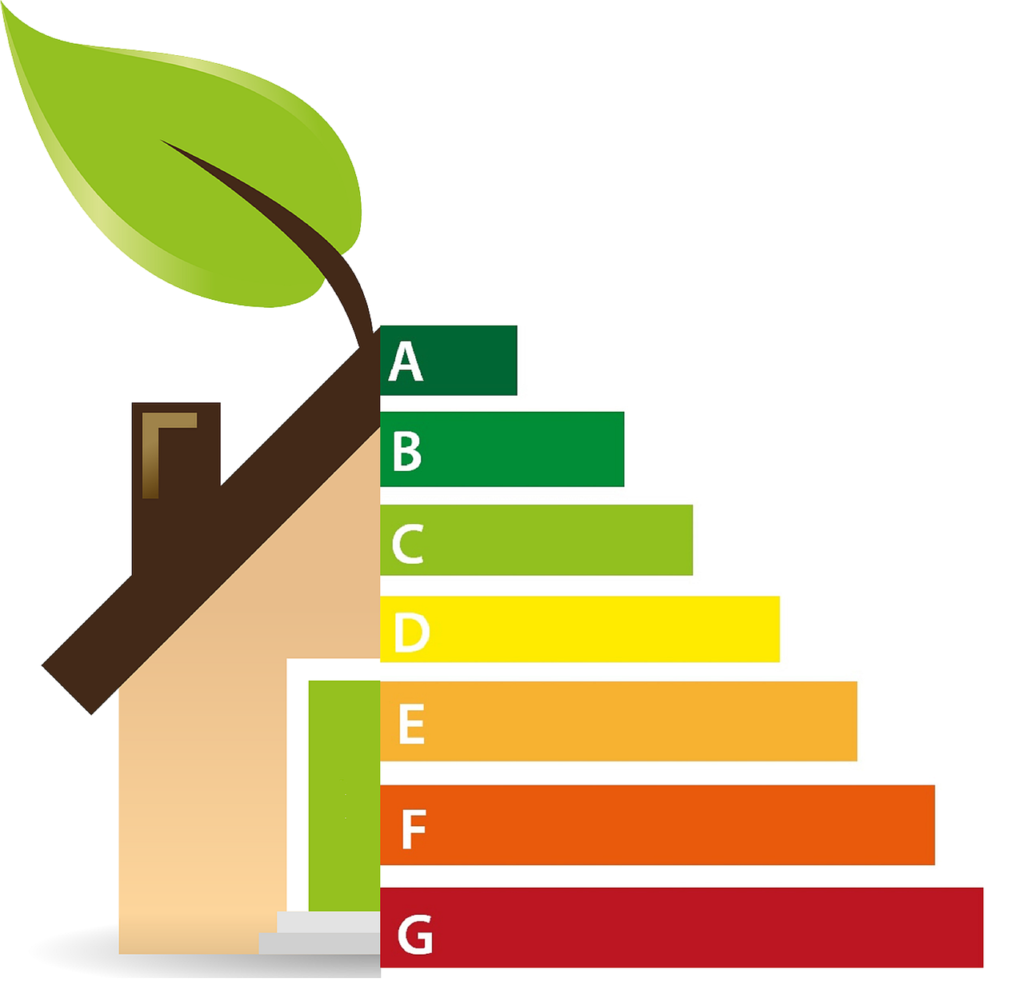As winter approaches, it’s essential to have a reliable and efficient heating system to keep your home warm and comfortable. With the increasing focus on sustainability and energy efficiency, selecting the right heating system for your home has become even more critical. In this blog post, we’ll discuss the different types of heating systems available and how to choose the most energy-efficient one for your home.

Understanding the Different Types of Heating Systems
First, it’s important to understand the different types of heating systems. The most common types are furnaces, boilers, heat pumps, radiant heating, and ductless mini-split systems. Furnaces and boilers use combustion to heat air or water, while heat pumps move heat from the air, ground, or water into your home. Radiant heating uses tubes installed beneath the floor or in walls and ceilings to warm the space, and ductless mini-split systems provide heating and cooling to individual rooms without ducts.
When choosing an energy-efficient heating system, there are several factors to consider. The system’s energy efficiency ratings, size and capacity, fuel type, local climate, and home insulation are all essential considerations. Additionally, maintenance requirements and costs should also be evaluated.
Energy efficiency ratings are an essential factor to consider when selecting a heating system. Different ratings are used for different types of heating systems, including SEER ratings for air-source heat pumps, AFUE ratings for furnaces and boilers, HSPF ratings for heat pumps, and COP ratings for geothermal heat pumps. These ratings indicate how efficiently the system uses energy, so a higher rating means a more efficient system.
The size and capacity of the heating system are also important to consider. The system should be appropriately sized to provide efficient heating without wasting energy. A system that is too large for your home will cycle on and off frequently, leading to wasted energy, while a system that is too small won’t be able to adequately heat your home.
The fuel type for the heating system is another important consideration. Different fuel types have different costs and environmental impacts. It’s important to compare fuel types and costs and consider the availability of fuel sources in your area. Additionally, the environmental impact of different fuel types should be evaluated.
Local climate and weather conditions also play a significant role in selecting an energy-efficient heating system. Understanding the heating demands of your local climate and selecting a system that can handle extreme weather conditions will ensure that your home is comfortable and efficient.
Home insulation and energy-saving features should also be evaluated when selecting an energy-efficient heating system. Ensuring your home is properly insulated will reduce the energy needed to heat it. Choosing a heating system with
energy-saving features, such as programmable thermostats and zone heating, will also improve energy efficiency and reduce costs.Finally, the maintenance requirements and costs of the heating system should also be evaluated. Regular maintenance is necessary to ensure the system is operating efficiently, and the costs associated with maintenance should be factored into the decision.
Conclusion:
Selecting the most energy-efficient heating system for your home can be a complex process. By considering factors such as energy efficiency ratings, fuel type, climate, home insulation, and maintenance costs, you can make an informed decision that will provide comfort, savings, and sustainability. Consult with a heating system contractor to assess your home’s heating needs and find the best system for your home. With the right heating system, you can stay warm and comfortable throughout the winter while minimizing your energy costs and carbon footprint.











